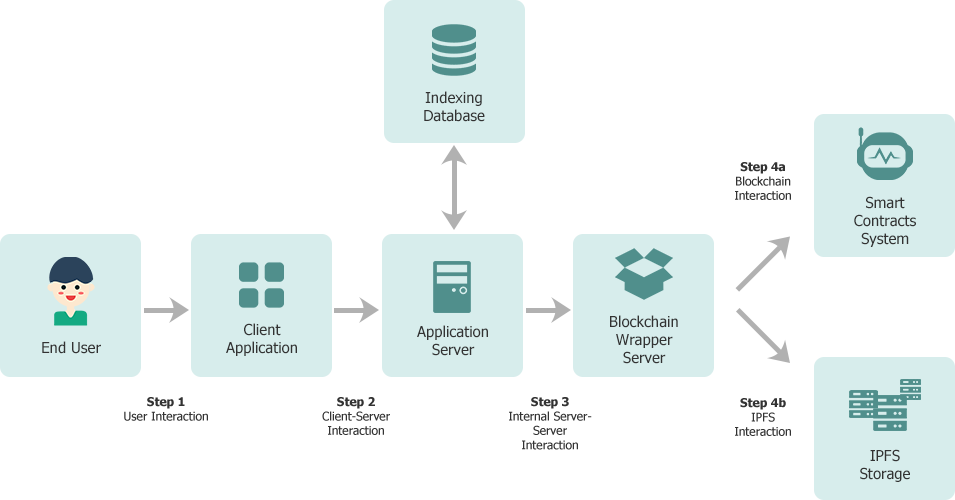Intellectual Property
Suppose you are an artist who has created the greatest digital portrait ever. If someone chooses to copy the portrait and paint a mustache on it, could you prevent that simply because you can prove ownership of the original asset? Do you own the new asset derived from your property? If the asset was not an art work but a piece of executable code, would you be able to limit use of that code? Whether it’s a scientist, an innovator, or an artist, one of the problems they frequently face is proving that they were the creator behind a particular product and that they own the copyright to it. This is especially pertinent given the evolving digital age we live in where the misappropriation and illegal use of intellectual property can have a negative effect on the person who owns that piece of work.
The proof of the signature and the time-stamped document is permanently stored on the blockchain. The transfer of intellectual property rights is also made simple via the distributed ledger through the use of sales contracts between parties. Additionally, to maintain the safety of the parties involved, the actual transfer will only take place once payment has been received enabling creators to monetise their work.

Advice
Our Blockchain Development solution can implement ERC-20 together with ERC-721 standard used for exchangeable, non-fungible token and digital asset ownership. ERC-721 defines a minimum interface a smart contract must implement to allow unique tokens to be managed, owned, and traded. ERC-20 can create the TOKEN for transactions of exchange.

